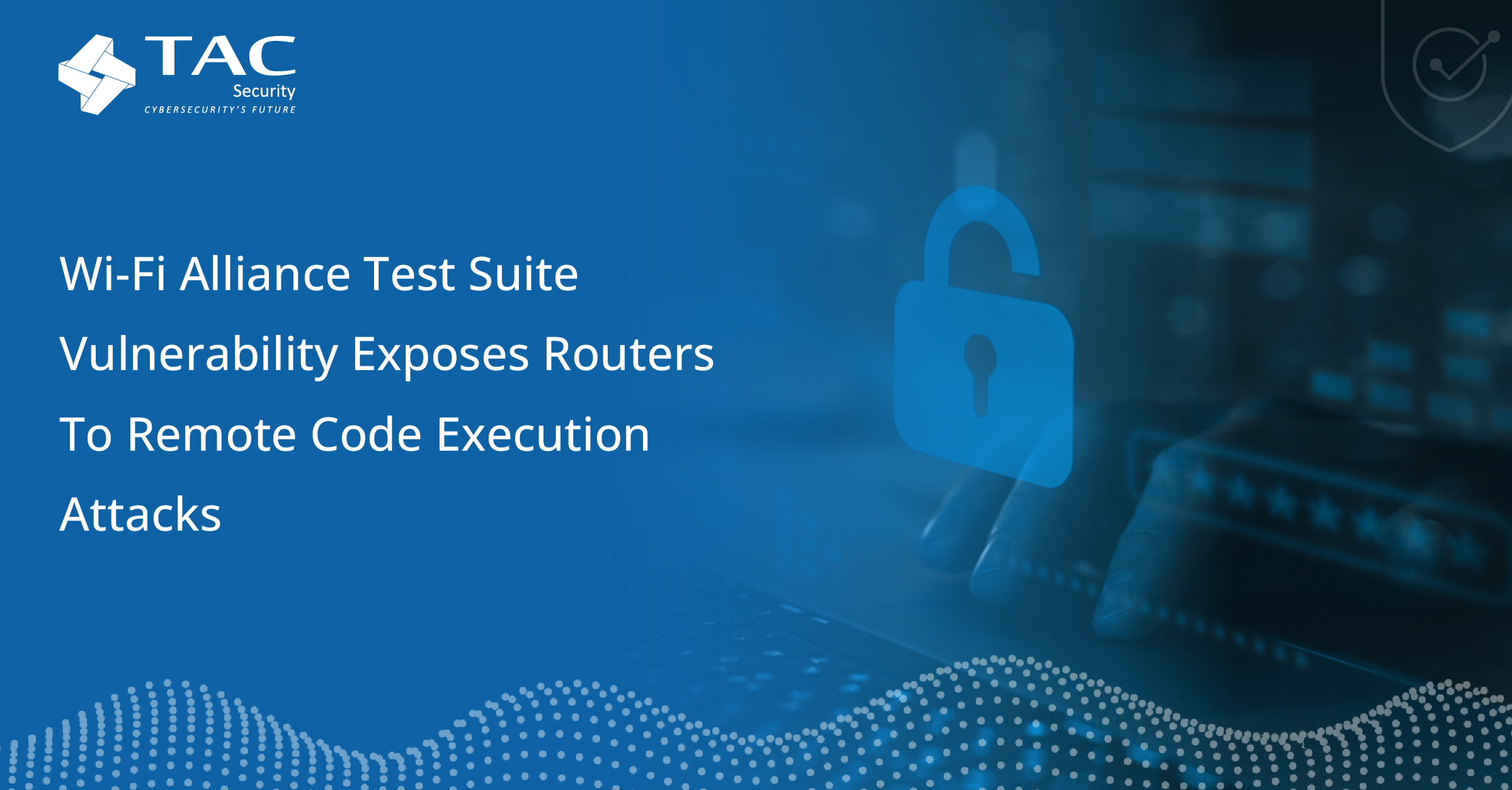
Internet of Things (IoT) devices are becoming more and more prevalent in our daily lives. With the growing popularity of IoT devices, it has become increasingly important to ensure that these devices are functioning correctly and securely. To achieve this, IoT device testing is crucial. In this blog, we will discuss the top 10 IoT device tests that you should run to ensure the safety, reliability, and effectiveness of your IoT devices.
- Functional Testing
The first and most basic test that you should run is functional testing. This test ensures that the IoT device is performing its intended functions as expected. This includes testing the device’s sensors, data collection and transmission, and any other features it may have. The objective of this test is to ensure that the device is operating correctly and meeting the expectations of the user.
- Performance Testing
Performance testing is another important test that you should run. This test helps you to evaluate the device’s performance under different loads and scenarios. Performance testing can include testing the device’s speed, accuracy, and capacity. This test ensures that the device is functioning correctly, even under heavy usage or high traffic conditions.
- Security Testing
Security testing is a critical test for IoT devices, as these devices collect and transmit sensitive data. This test ensures that the device is secure against any potential threats or vulnerabilities. Security testing can include testing the device’s encryption and authentication methods, as well as any other security features.
- Compatibility Testing
Compatibility testing is another essential test that you should run. This test ensures that the IoT device is compatible with other devices and platforms. Compatibility testing can include testing the device’s compatibility with different operating systems, software, and hardware.
- Usability Testing
Usability testing is a test that evaluates the device’s user interface and user experience. This test ensures that the device is easy to use, and users can easily navigate the device’s features and functions. Usability testing can include testing the device’s user interface, navigation, and user feedback.
- Reliability Testing
Reliability testing is a test that ensures the IoT device’s reliability and durability. This test ensures that the device can operate consistently and without failure over an extended period. Reliability testing can include testing the device’s hardware, software, and firmware.
- Interoperability Testing
Interoperability testing is a test that evaluates the device’s ability to communicate and work with other devices and platforms. This test ensures that the device can function seamlessly with other devices and platforms, and data can be easily shared between them.
- Compliance Testing
Compliance testing is a test that ensures that the IoT device meets all regulatory and industry standards. This test ensures that the device is safe, secure, and reliable. Compliance testing can include testing the device’s compliance with FCC, CE, and other industry standards.
- Scalability Testing
Scalability testing is a test that evaluates the device’s ability to handle increasing levels of data and traffic. This test ensures that the device can handle high levels of usage and traffic without any performance issues or failures.
- Battery Life Testing
Battery life testing is a test that evaluates the device’s battery life and power consumption. This test ensures that the device can operate for an extended period on a single charge. Battery life testing can include testing the device’s power consumption under different usage scenarios and conditions.
IoT device testing is crucial to ensure the safety, reliability, and effectiveness of these devices. By running these ten tests, you can ensure that your IoT devices are functioning correctly, securely, and efficiently. By doing so, you can provide your customers with the best possible user experience and build trust and confidence in your brand.
To learn more about ESOF and how it can help protect your organization, visit TAC Security’s website today.
Download a Data Sheet for more information!





